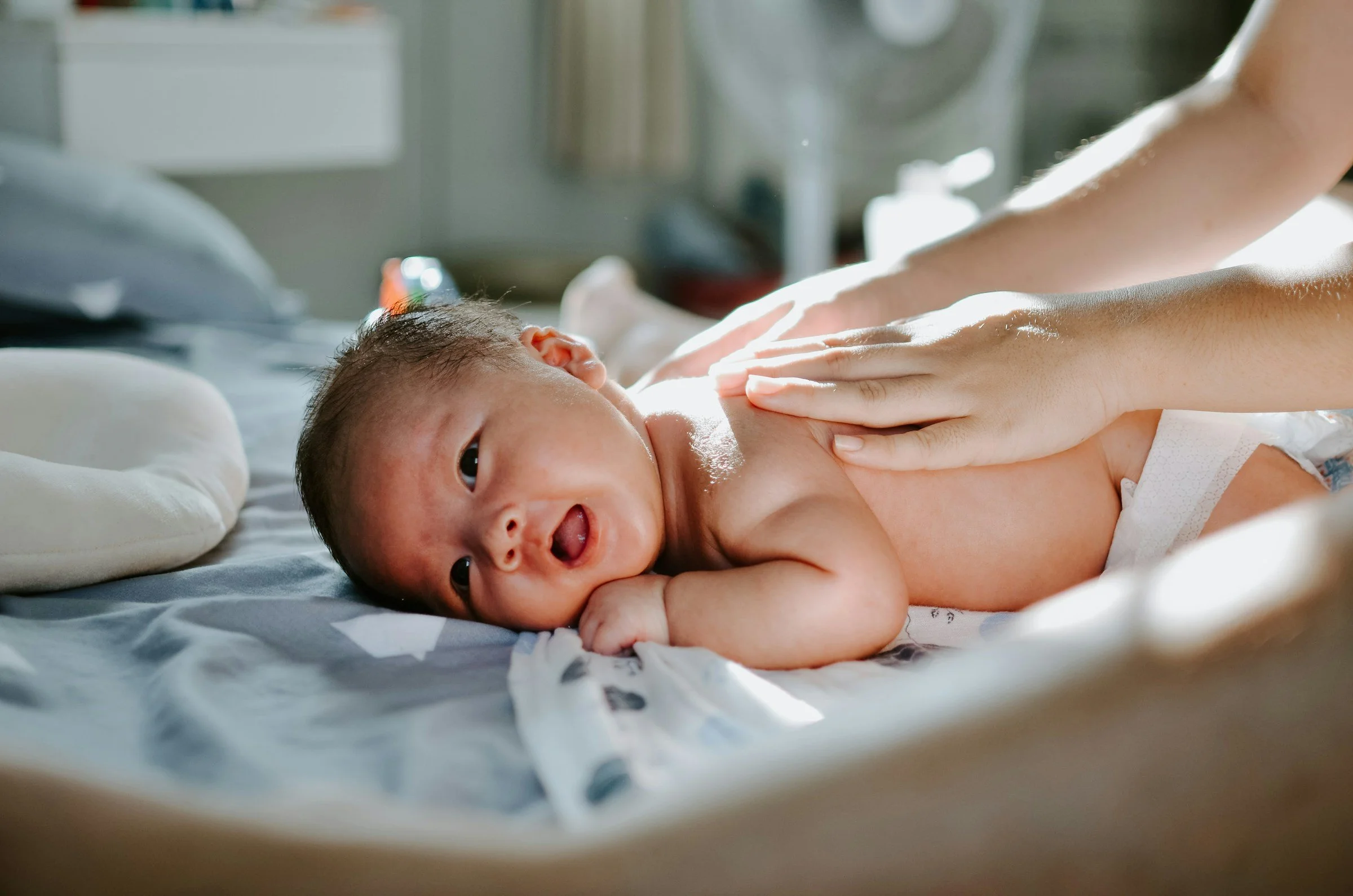Orbiting Neonatal Labs: What Safe Birth and Newborn Care Really Require
Credit: Khoa Pham on Unsplash
Why artificial gravity and shielding—not “zero-g”—belong in private station designs
The idea that babies might one day be conceived and born in orbit makes for great headlines. The evidence, however, is clear: zero gravity is not “better” for birth or neonatal care. Mammalian reproduction and early development are sensitive to microgravity and radiation, and the most credible space biology to date argues for artificial gravity (AG) and robust shielding if you want healthy outcomes and clinically useful research. A landmark flight experiment showed mouse embryos can reach the blastocyst stage in space, but blastocyst rates and quality dropped, with radiation-linked DNA damage and epigenetic changes—strong signals that microgravity + space radiation are hazards to early development.
JAXA has already flown the Multiple Artificial-Gravity Research System (MARS), a centrifuge habitat that lets researchers dial gravity from 0g to 1g on the ISS. In mice, access to 1g on-orbit preserved key physiological functions compared to microgravity, establishing the feasibility of AG modules for sensitive life-science work. For station designers and investors, that translates into rotating clinical suites for obstetrics/neonatology rather than hoping microgravity will be benign.
So what can orbit uniquely enable? Two things stand out. First, microgravity as a discovery tool: tissue-chip (“organ-on-a-chip”) studies in orbit can expose disease mechanisms you don’t see on Earth, providing cleaner signals for neonatal lung, gut and immune disorders. NASA/NIH’s Tissue Chips in Space programme and the ISS National Lab have built a pipeline and facilities to run these experiments for Earth benefit. Second, biomanufacturing: microgravity can improve crystal engineering for biologics; Merck’s work on pembrolizumab produced uniform microcrystals that informed an injectable formulation pathway—evidence that pharma-grade results are possible.
Operationally, an “orbiting neonatal lab” is not a NICU in free fall. It’s a hybrid facility: AG for gestation, delivery, recovery and routine neonatal care; microgravity benches for assays and manufacturing runs. Two additional requirements are non-negotiable. Radiation hygiene (water/PE-rich shielding around AG suites; real-time dosimetry for patients and staff). And tele-neonatology: on-station imaging, labs and procedures backed by ground specialists through redundant links. The public record already shows pre-implantation development is gravity- and radiation-sensitive, so any credible clinical concept must put those risk controls first.
Commercially, this becomes a services bundle rather than a single product pitch. Private stations can sell R&D residencies (AG clinical bays + microgravity assay time), bioprocessing slots (protein crystals, cell-therapy precursors), and data packs (validated neonatal-disease models from tissue chips) to pharma, devices and academic consortia. The go-to-market that lands with buyers is pragmatic: show facility readiness artefacts (AG performance, rad maps, medical workflows), then publish before/after deltas from pilot studies—e.g., a tissue-chip project that shortened a neonatal drug screen or improved crystal quality for a paediatric therapy. That aligns spend with value while keeping ethics and safety centre-stage.
Answering the core questions: Is being born in zero-g better? Current evidence says no; risks outweigh benefits without AG and shielding. Can some newborn diseases be treated better in zero-g? Discovery and process optimisation—yes (chips, crystals). Actual care delivery—no, unless you re-introduce gravity and clinical infrastructure. The opportunity for private stations is to package the right physics for the right task, turning space into a dependable extension of Earth’s neonatal science and manufacturing, not a replacement for clinical basics.
